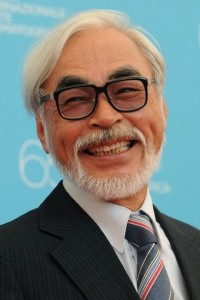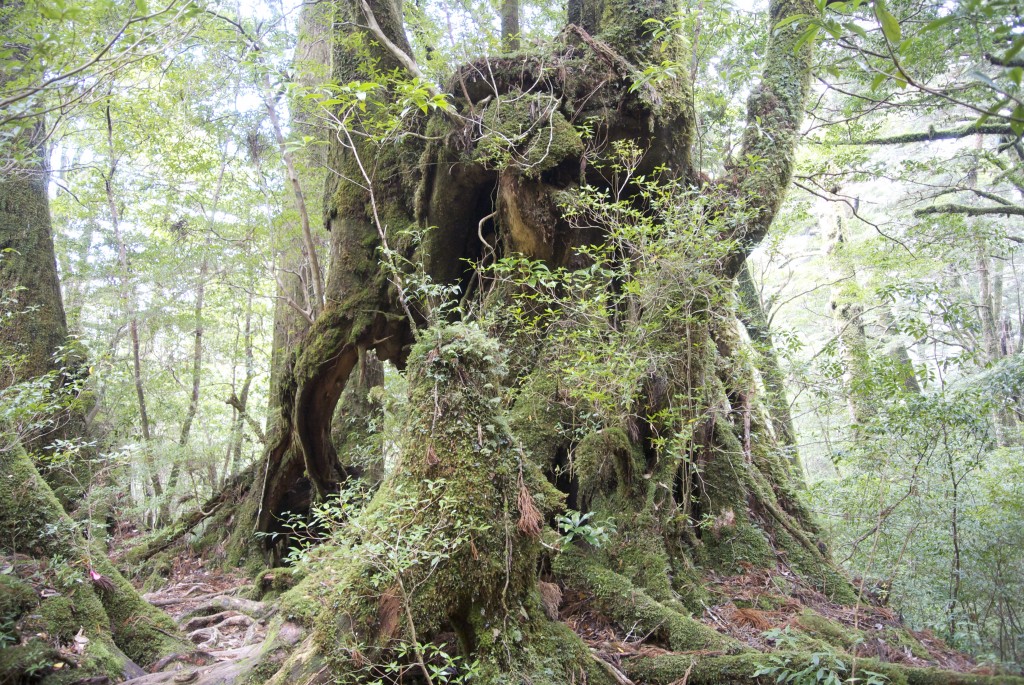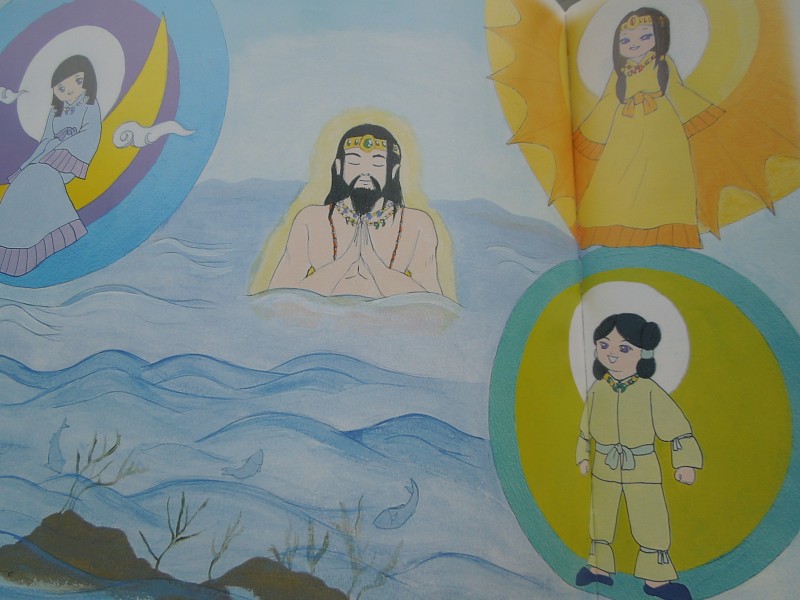Oceans, Forests, and Kami: Environment, Location, and Spirituality in Miyazaki’s Films By Anna Blagrove, University of East Anglia PhD Researcher

(The following is the outline of a longer paper which can be read in full at this link. For those interested in the subject, there are details about ecological themes in the films.)
Anna Blagrove writes: In this paper I examine how environment, space and place is used in the films of Studio Ghibli and to what effect. I link these ideas with the representation of traditional Japanese spirituality in the form of Shinto and Buddhism.
I argue that the narratives of Studio Ghibli’s films often have a strong sense of location, community, and harmony which is threatened by industry or pollution. Frequently there are spirits or kami, that communicate these themes. I refer specifically to My Neighbour Totoro, Spirited Away, and Ponyo whilst also commenting on the wider Ghibli filmography. I frame my arguments by focusing on the themes of environment, location, and spirituality in turn.
Through textual analysis, I examine how the characters (both human and magical), and narrative, as well as Ghibli animation aesthetics convey these themes. I review existing literature on the subject and access published interviews with Miyazaki to inform my conclusions.

I will look at the wider context of environmental issues in modern-day Japan, including urban sprawl and the threat of earthquake and tsunami. Finally I will draw some conclusions of the overriding ‘morals of the story’ relating to environment and spirituality.
Shinto is the ancient indigenous belief system of Japan. Not as dogmatic as a religion, it is a set of beliefs that connect the past to the present. It has elements of ritual, folklore, and animism. Shinto is concerned with the interrelatedness of all things including nature and humans. It recognises that deities ( kami ) are inherent everywhere in the natural world, and the need to pay respect and worship at shrines ( jinja ) and their sacred gates (torii ) in places of natural beauty. Buddhism is intrinsically linked to Shinto but has more of a focus on the afterlife and ancestry.


 In 2012, to celebrate the 1200th anniversary of Kojiki (712), NHK commissioned a version of the Hyuga cycle of myths, central to the putative descent of the imperial line from heaven.
In 2012, to celebrate the 1200th anniversary of Kojiki (712), NHK commissioned a version of the Hyuga cycle of myths, central to the putative descent of the imperial line from heaven.